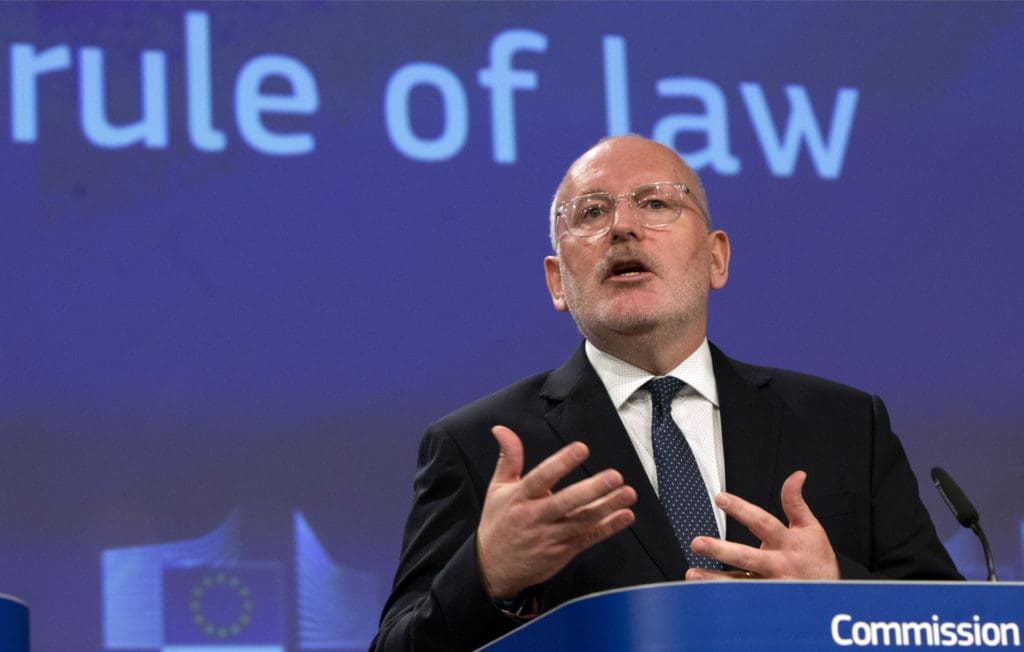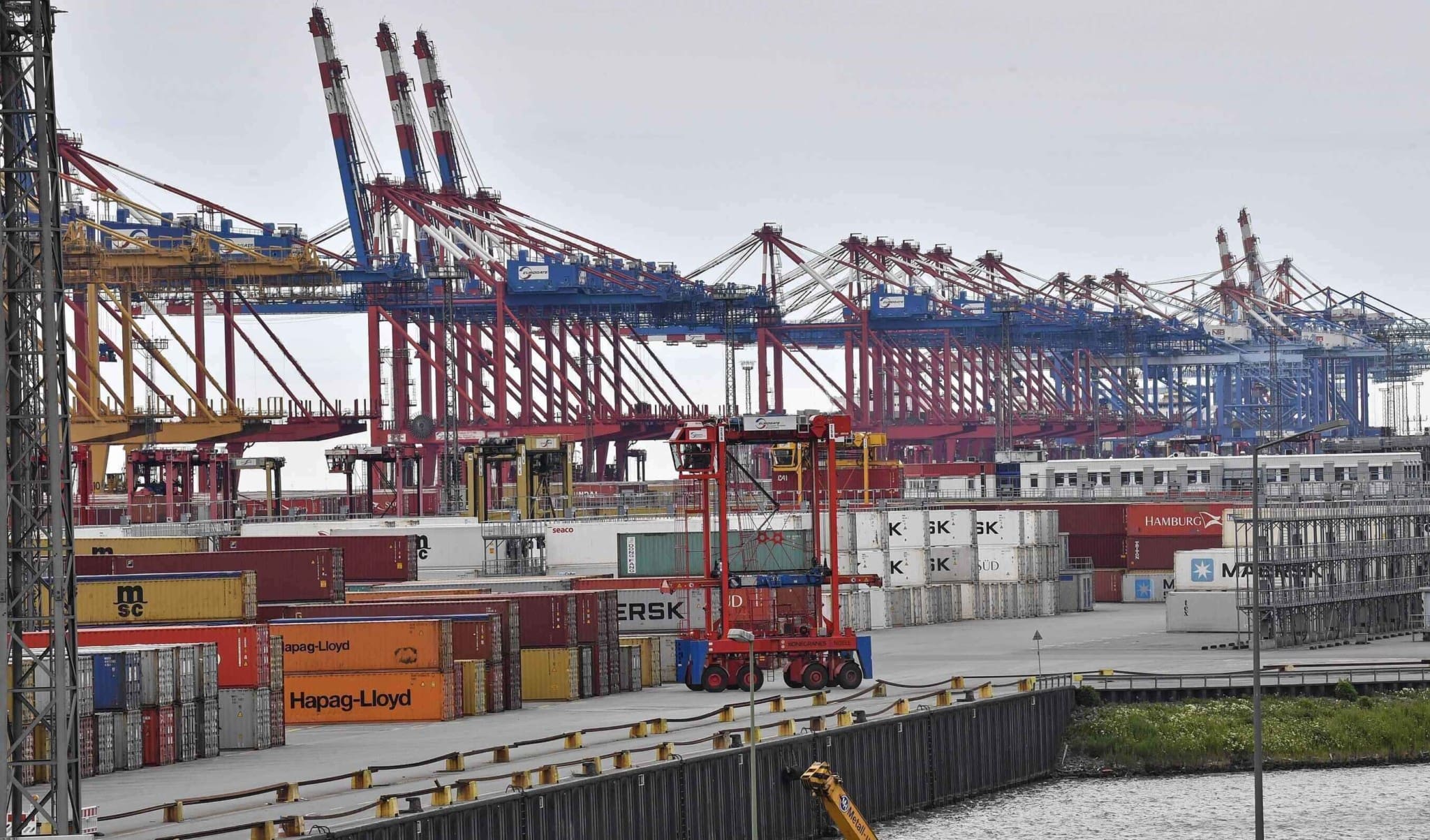After Brexit, German companies reoriented to the East, with exports to Poland, the Czech Republic, Hungary, and Russia all growing significantly, but there are worrying political trends between Germany and the conservative countries of Poland and Hungary that could severely handicap that growth, warns Oliver Hermes, the chairman of the German Eastern Business Association and CEO of Wilo.
Hermes emphasized that Eastern Europe is becoming a key partner for German companies, many of which are represented by his trade association, including BASF, Deutche Bahn, Deutsche Bank, and Siemens. In the first half of the year, the volume of German exports to the countries of Central and Eastern Europe increased to €124 billion, imports amounted to €121 billion and jumped by 25.8 percent. Trade with this region accounts for a total of one-fifth of Germany’s foreign trade.
However, Hermes pointed to a worrying political level, as the German government was upset by the political direction of Warsaw and Budapest over the rule of law and misleading claims that these countries do not have an independent media. Hermes, which supports economic cooperation with the region, called on the government in Berlin to work for a settlement and improvement in relations with the Polish and Hungarian governments and the European Commission.

The stakes remain high for Germany and neighboring countries. The European economies are returning to growth after the COVID-19 pandemic. In the case of German exports, it turns out that after the departure of the United Kingdom from the EU, the largest European economic machine has reoriented to the east — specifically to Poland, the Czech Republic, Hungary, and Russia. In these countries, German companies’ exports grew by more than 20 percent year-on-year in the first half of the year. The opposite is also true, which shows that exports from these countries to Germany are increasing.
Data from the German Eastern Business Association (Ost-Ausschuss der Deutschen Wirtschaft) shows that exports to countries east of Berlin increased by 24.3 percent. On the contrary, trade with the United Kingdom is falling. From January to June, it was 2.3 percent less year-on-year. Poland, with a population of 40 million, has become Germany’s fifth-largest trading partner, surpassing France and placing just behind the United States. On the other hand, Britain fell to eleventh place.
By the end of 2019, German companies had invested a total of €145 billion and created 1.9 million jobs in the region.
Trade between Russia and Germany grows despite sanctions
The data also show that despite anti-Russian sanctions by the EU, exports between Berlin and Moscow rose by 24.7 percent in the first half of the year. That is why, according to Hermes, the commissioning of the new Nord Stream 2 gas pipeline under the Baltic should not be questioned.
“Nord Stream 2 must not be retrospectively questioned by the new federal government,” he called on the new German cabinet, which will come to power after the elections at the end of September. The government should also offer eastern countries an alternative to the Chinese Silk Road and help introduce climate-friendly technologies.
The CDU/CSU coalition is currently defending its position in the parliament, which it won with almost a third of the vote in 2017. but now has been surpassed in polling by the Social Democrats (SPD). The Greens are now in third place.
If the elections were held at the end of August, the SPD would win 23 percent of the vote, the CDU/CSU 21 percent, the Greens 18 percent, the FDP 12 percent, the Alternative for Germany 11 percent, and the Left six percent. The Greens would improve the most, winning nine percent of the vote four years ago
Title image: In this Thursday, May 16, 2019 file photo, containers are stored in the free harbor in Bremerhaven, Germany. Official data show that German exports plunged by nearly a quarter in April compared with the previous month as coronavirus shutdowns dragged down demand. Tuesday’s figures from the Federal Statistical Office followed data showing big drops in factory orders and industrial production in Europe’s biggest economy, underlining expectations of a sharp economic contraction in the second quarter. (AP Photo/Martin Meissner, file)






